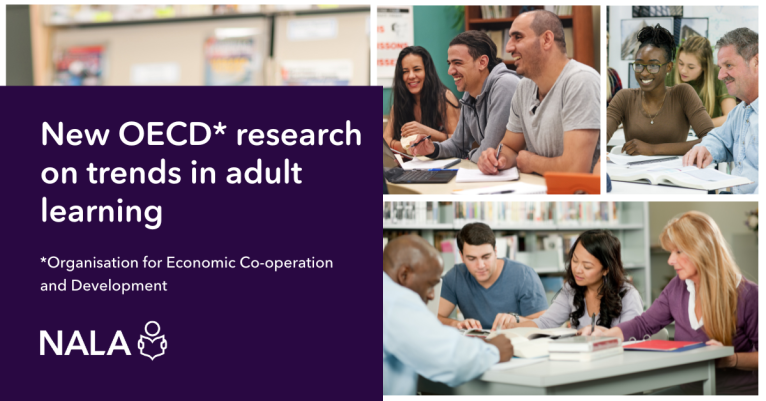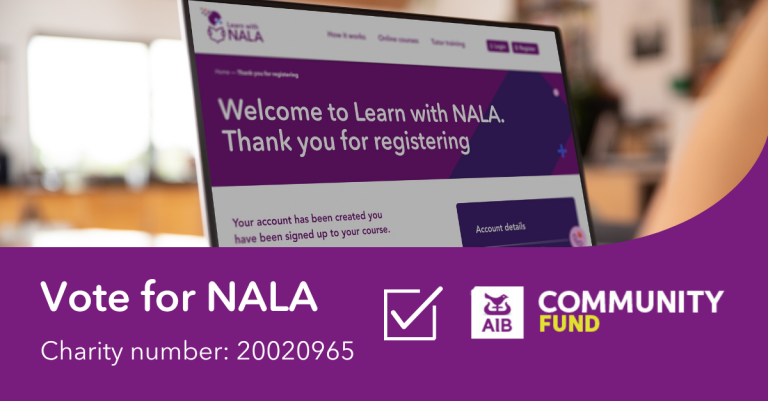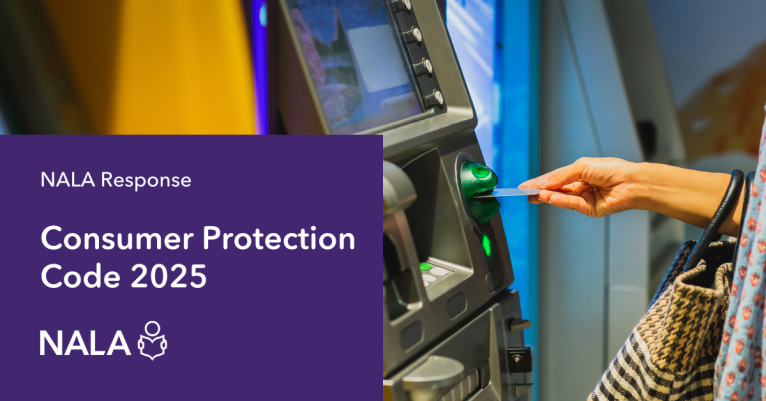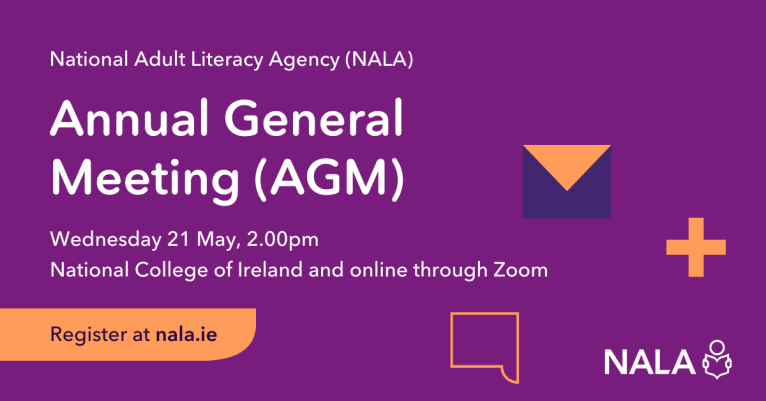Launch of major international study of Science, Reading and Mathematics
Minister Bruton welcomes publication of major international study on Irish students’ competences in reading, mathematics and science today.
The Minister for Education and Skills, Richard Bruton TD, today (Tuesday 6th December) welcomed the latest OECD PISA (Programme for International Student Assessment) results which show that in 2015, Ireland’s 15-year-olds are among the best in OECD countries in reading and are performing significantly higher than the OECD average in mathematics and science.
PISA takes place every three years and aims to measure how well students, at age 15, are performing in reading, mathematics and science.
Ireland has maintained its very high standard in reading and has improved slightly on its performance in mathematics compared with other PISA cycles.
In science, Ireland maintained its position of performing above the OECD average, while experiencing a slight score reduction when compared to 2006, the last year when science was examined as the major domain in PISA. However, Ireland’s 2015 performance in science marked a more significant drop when compared to the score recorded for 2012.
The key findings of the report include:
• In reading, Irish students ranked 3rd out of 35 OECD countries, 2nd among EU countries, and 5th out of all countries participating in PISA 2015
• In science, Irish students ranked 13th out of 35 OECD countries, 6th among EU countries and 19th out of all countries participating in PISA 2015
• In mathematics, Irish students ranked 13th of 35 OECD countries, 9th among EU countries and 18th out of all countries participating in PISA 2015.
• All three test domains (reading, maths and science) showed some gender differences in results, with girls performing better than boys in reading and boys performing better than girls in mathematics and science.
In 2015, PISA moved from paper-based to computer-based testing (CBT) format in Ireland. The new CBT format also saw the introduction of assessment of ability to conduct more complex scientific enquiry. Ireland’s students performed relatively less well on those new science items that were developed specifically for the computer-based testing in 2015. In addition, Irish students’ use of ICT in school and for homework is significantly less than students across OECD countries.
The Minister for Education and Skills, Richard Bruton T.D. said:
“The basic aim of this Government is to sustain our economic progress and use it to build a fair and compassionate society. That is why we have published and started implementing the Action Plan for Education aimed at making Ireland the best education service in Europe.”
“PISA, along with other international studies such as TIMSS, provides an important benchmark against which we can measure the success of Irish students in core skills. I am heartened to see that Irish 15-year olds have performed at a very high level in reading, reflecting the efforts that we have put into the National Strategy on Literacy and Numeracy for Learning and Life (2011-2020).”
“While it is good to see Irish students performing above the OECD average in maths and science, we still need to make improvements.”
“The Action Plan for Education, which has the overall aim of making Ireland the best education and training service in Europe within a decade, outlines a series of ambitious actions to further improve our performance in maths and science in particular, including introducing coding and computer science throughout the school curriculum, a new science curriculum at junior cycle from September this year, a comprehensive National Policy Statement on STEM in schools and ambitious new measures to upskill science and maths teachers. The Digital Strategy for Schools and the investment of €210m over its lifetime will also be a major factor in implementing change.”
“We also need to reduce the gaps in gender performance in all areas, and also improve the performance of our higher achievers and address higher order thinking. I am encouraged by the good progress made by lower achieving students in terms of improving their performance.”
The Minister commended the report’s authors and thanked all of the students who took part in the study and all of those who completed questionnaires as part of the PISA report.
Dr Gerry Shiel, one of the report’s authors, said that “The pattern of gender differences in PISA has changed. While girls continue to outperform boys on reading literacy, albeit by a smaller margin than in previous PISA cycles, the differences in favour of boys on mathematics and science is widening. Part of this may be explained by the transition to computer-based testing, where some girls may feel less confident or have less prior experience, but it may also relate to the types of thinking elicited by the new PISA items, including the virtual experiments that students are asked to engage with in science.”
Notes:
• PISA tests were scaled to an OECD mean of 500 and a standard deviation of 100 in the first cycle in which a domain had major status – 2000 for reading literacy, 2003 for mathematics, and 2006 for science. This means that performance in 2015 can be linked back to these and subsequent cycles.
• The Programme for International Student Assessment (PISA) is a project of the Organisation for Economic Co-operation and Development (OECD) that aims to measure how well students, at age 15, are prepared to meet the challenges they may encounter in future life, including education. PISA takes place every three years and assesses students in the three domains of reading, mathematics and science.
• In 2015, the PISA assessments were administered in 72 countries/economies. Of these, 70 had gathered achievement data that could be compared across countries.
• PISA is based on a random sample of 15-year old students in each of the participating countries. Over a half a million students took part in PISA. In 2015, 167 schools in Ireland took part, giving a weighted school-level response of 99.3%. This exceeds the required 80%. After exemptions, refusals and absences were taken into account, 5741 students completed the assessment, giving a weighted and unweighted student response rate of 88.6%. This exceeds the required 80.0%.
• In Ireland, Third Year students account for 60.5% of students in PISA 2015, Transition Year students for 26.7%, Fifth Year students for 10.9%, and Second Year students for 1.9%.
1.2. How is PISA administered?
• PISA is implemented on behalf of the OECD by a group of five institutions, led in 2015 by The Educational Testing Service, USA. Between 2000 and 2012, the Consortium was led by the Australian Council for Educational Research (ACER). In 2015, the PISA assessments were administered in 72 countries/economies. Of these, 70 had gathered achievement data that could be compared across countries. See Appendix 1. PISA 2015 consisted of a field trial and main study. In Ireland, these were managed by the Educational Research Centre (ERC) on behalf of the Department of Education and Skills (DES). The actual assessments in schools were administered by inspectors from the DES and, in a small number of cases, representatives of the ERC.
• Each cycle of PISA focuses on one ‘major domain’, either reading literacy, mathematical literacy or science literacy, to which the majority of testing time is devoted. The ‘minor domains’ provide a less detailed account of achievement. Science was the major domain in PISA 2015[1], while minor domains included reading literacy and mathematics.
• PISA also collects contextual information through questionnaires completed by students and principals, as well as some information from national sources (such as the DES post-primary database).
1.3 How did the tests in 2015 differ from earlier PISA assessments?
The 2015 test itself differed in many ways from previous PISA cycles:
• In 2012, countries had the option of participating in computer-based assessments of reading and mathematics in addition to the traditional paper-based assessments of mathematics, reading and science. Science was the only domain that did not have a computer-based component. In 2015, PISA moved from a paper-based to a computer-based assessment in most participating countries, including Ireland. This meant that Irish students completed their assessments in science, using ICT, for the first time in this round.
• The move to computer-based tests also brought a change in the type of questions asked for the major domain, science. The number of trend items (questions which were similar to those that had been asked before) was reduced and new questions, including interactive questions, were posed. This meant that questions differed both in their content and in their presentation from those which had been assessed in 2006, when science was last the major domain, and in 2012.
• PISA 2015 for the first time assessed students’ ability to conduct scientific enquiry by asking them to design (simulated) experiments and interpret the resulting evidence. This was made possible through the use of interactive presentations, where students’ actions determined what they saw on the screen. Twenty-four items included in the main study (or about 13%) were interactive.
• There was an increase in the number of questions used in the assessment of science since the last time science was a major domain. In 2006 there were 103 questions used and in PISA 2015 there were 184 questions used (of which 85 were common to PISA 2006).
• Of the 184 items included in the PISA 2015 science assessment, 85 questions are trend tasks, which were used in previous PISA surveys, (and which had to be adapted for delivery on computer) and 99 questions are new science tasks.
• The OECD in 2015 worked with a new team of contractors who introduced new scaling methodologies, new approaches to dealing with not-reached items, and new strategies for dealing with items that demonstrated significant country-by-item interactions. As a result, the methodologies used to calculate students’ achievements in the tests changed. In PISA 2015, non-reached items (i.e. unanswered items at the end of test booklets) were treated as not administered, whereas in previous PISA cycles they were considered as wrong answers when estimating student proficiency (this new treatment of non-reached items might result in higher scores than would have been estimated in the past for countries with many unanswered items).
More information
The report will be available for free download from www.erc.ie. More information about PISA is also available from www.erc.ie/pisa.
The authors and report title are as follows:
• Gerry Shiel, Cathy Kelleher, Caroline McKeown, Sylvia Denner (2016). Future Ready? The Performance of 15-year-olds in Ireland on Science, Reading Literacy and Mathematics in PISA 2015
An information note on PISA 2015 from the Department of Education and Skills is available at http://www.education.ie/en/Publications/Statistics/International-Statist…
Contact details
• Gerry Shiel 01 8065227 gerry.shiel@erc.ie
• Cathy Kelleher 01 8065217 cathy.kelleher@erc.ie
• ERC 01 8373789 pisa2015@erc.ie





